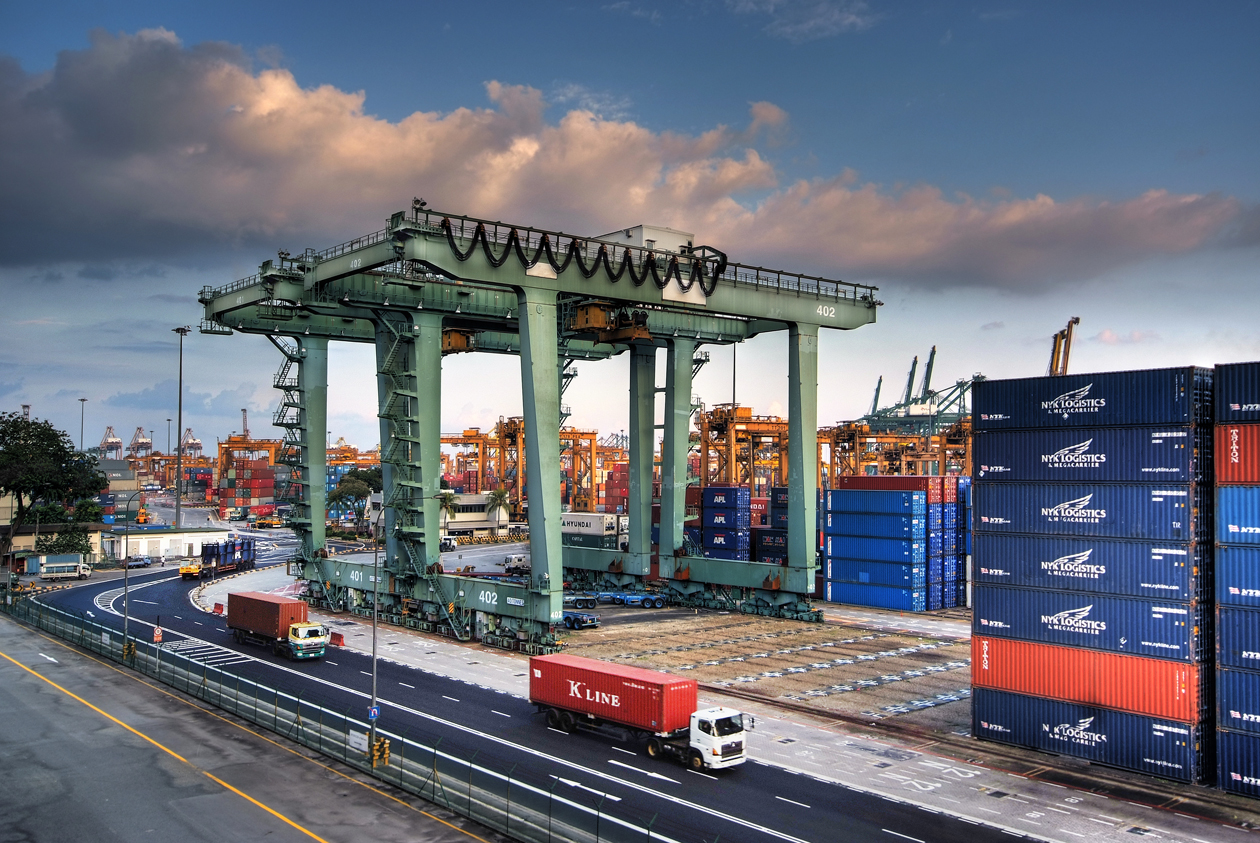Don’t go empty handed, take the fastest route and turn off the light when you leave the room. These are the instructions that we grew up with to teach us to be efficient and not waste; time, money or a trip. We now take these lessons and can use them in ports, at borders, on the road, you name it.
With technology moving so fast and looking so far into the future, we need to have some time to reflect. Some time to gain some perspective on where we are headed and evaluate what is realistic. Some of these tools were left in the past for a reason; others still have a purpose, a meaning, and are missing out. Ports fit into the latter of the two, still with a purpose. In a TEDTalk by Rose George, she mentions that 90% of world trade is shipping, old-fashioned and across oceans.
Efficiency – Work Smart
Over the years, tariffs have decreased which is great for importing. It has become the role of the governments, to ensure that the port operations are run in the most effective manner. The overall efficiency of a port, like anything, can be determined by the amount of capital put into it. In order to achieve optimality, it takes work, which is time and money. In order to achieve this optimality though we need data, we need sensors and actionable analytics data. Having sensors and analytical data in which we can act on, on the grounds of ports can tell us more about the movement and operations of vehicles within the area. From this we can look for areas in which operations can be improved. The changes can be big or small, but they will be steps towards reaching this end goal of optimality.
Current Operations
Right now, the North American ports are under pressure due to the increased trade. It is trucks that move the majority of containers at these ports. The challenge that they face is managing the flow of the trucks that come and go from the various terminals. The general operations of the ports and so-called “systems” that they have in place are based on experience rather than data and analysis. Reports tell us about the dynamics of decision making, that improvements for the most part are just talk. When it comes down to it and a decision needs to be made, the answer is trial and error. Talk about an inefficiency… The technology and other resources that can help are at our fingertips.
Monkey See, Monkey Do
Ports often look at one another for guidance. If something is not working for one port, they can look to another port that may be succeeding in the area. They may then take on that of the port to become more efficient. There are various port authorities in the world that are starting to take the next step as they realize that they are here to stay. Ports in Montreal, Houston, Baltimore, New York & New Jersey, Long Beach, Vancouver and more are starting to monitor their operations with the hopes to improve efficiency. Ports in Europe are working towards fully automated container terminals. Will other port authorities do the same? Do they see the value in the data? With the cost of the data decreasing, ideally more ports and other industries will start to use it to make informed decisions.
Shipping volumes continue to grow around the world. Port authorities need to start adjusting the supply now in order to meet the demand of the future. They need to leverage technologies in efforts to make their ports work smarter. As data collection becomes more affordable, all of this becomes more attainable. In using technologies like sensors and actionable analytics data, ports have the ability to become much more efficient in their operations and increase communication around terminals and various properties. Currently, the ports are putting out productivity reports, though there is no mention of facts in relation to their performance. Though, some ports are getting started on using technology to their advantage. Will others follow suit?

